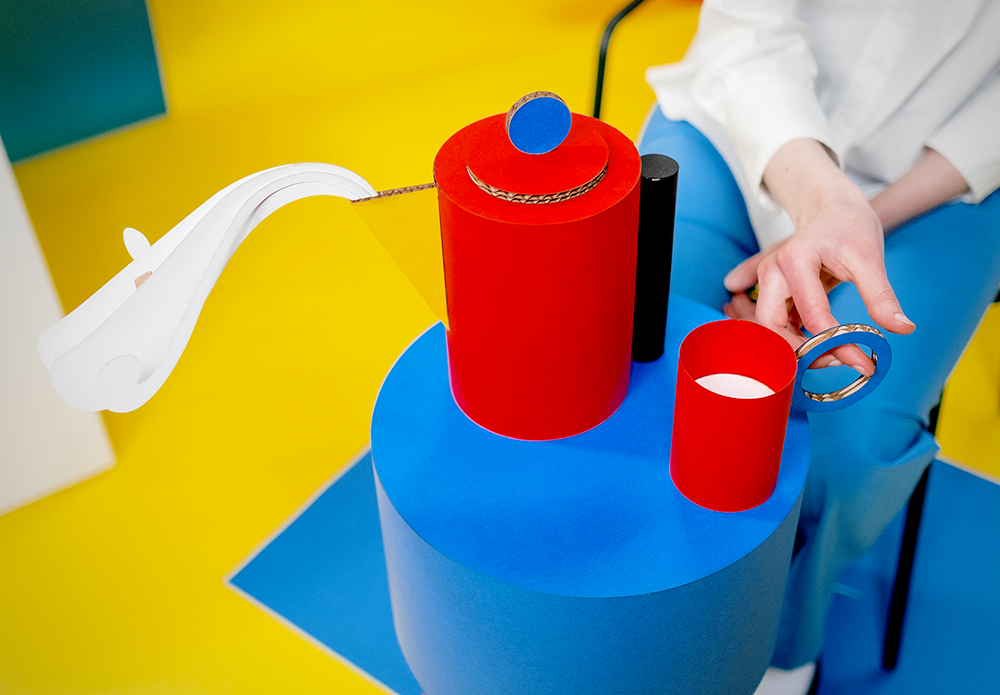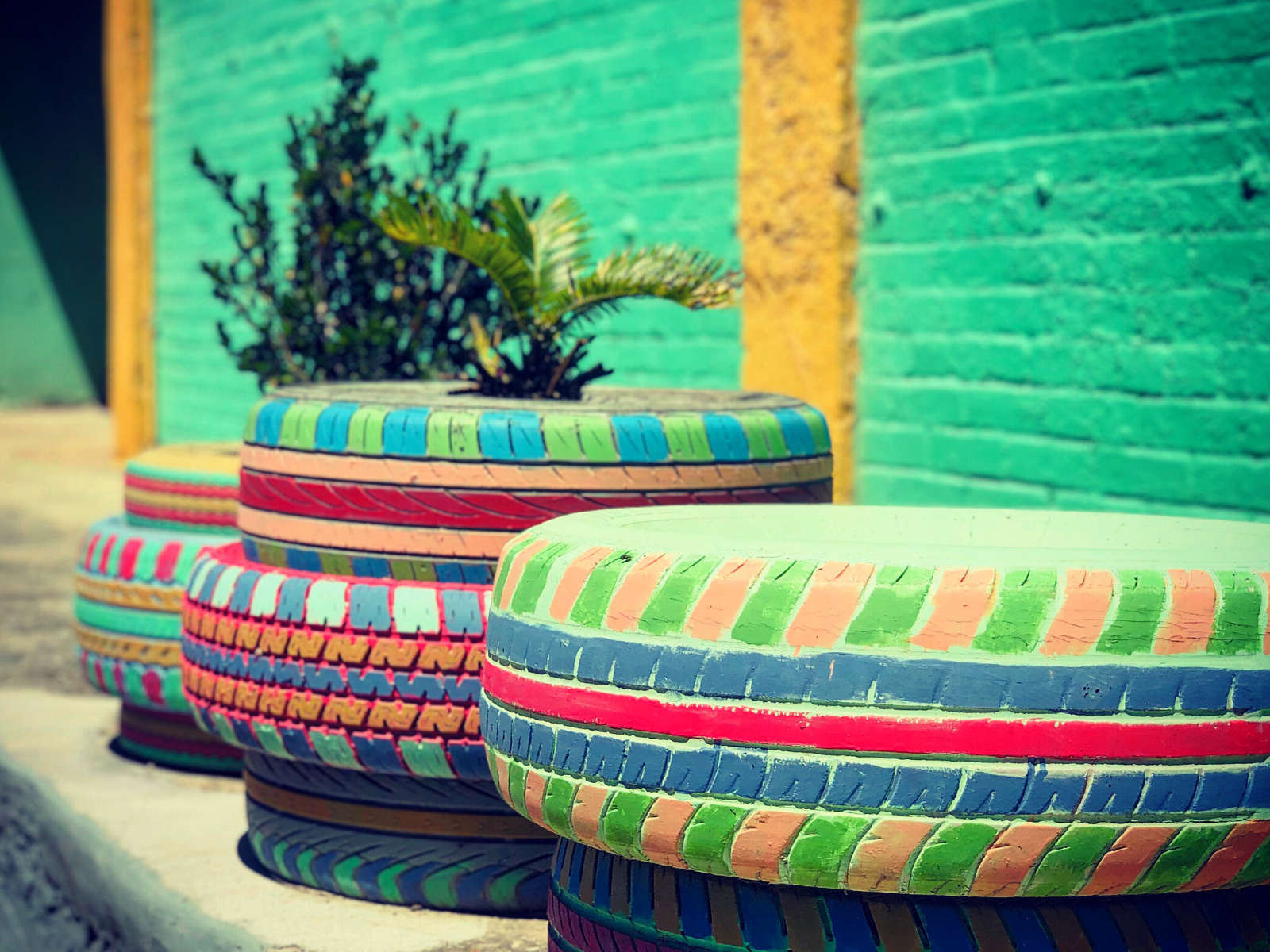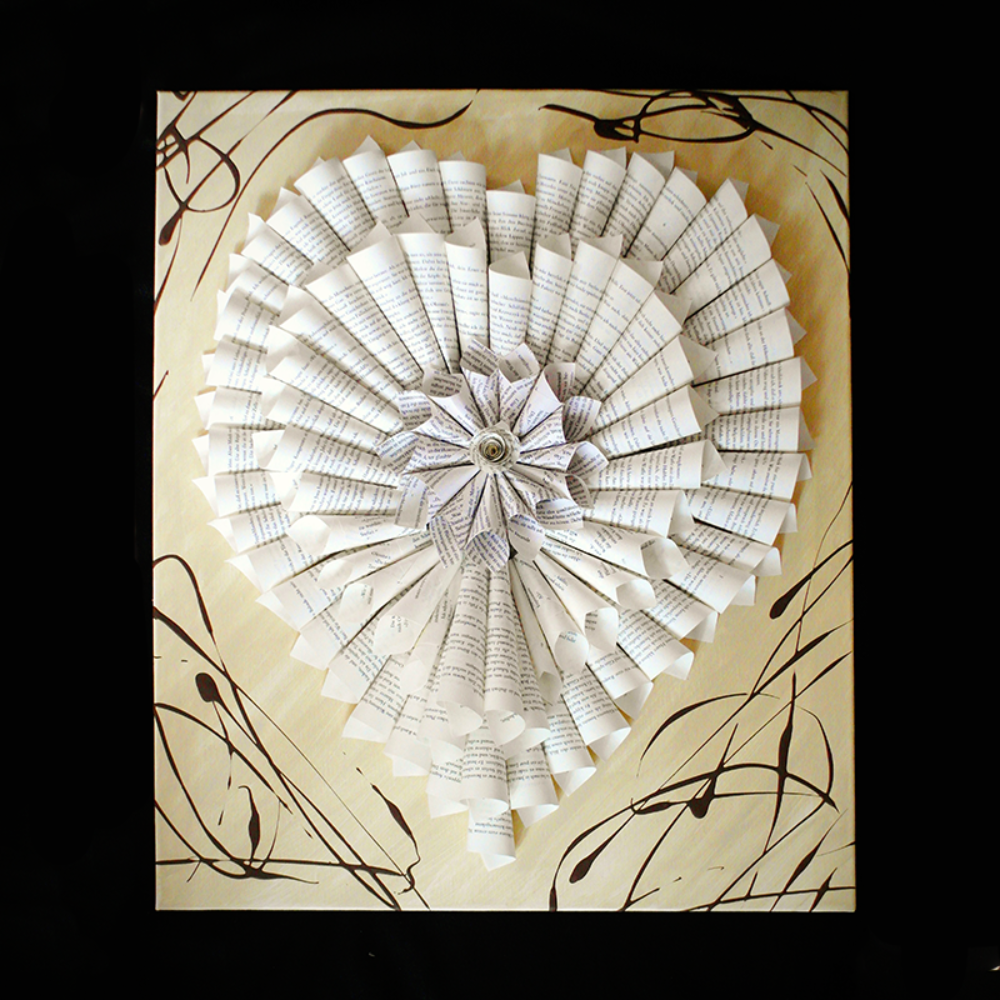Imagine a world where every empty bottle, scrap of paper, and discarded tin can is a potential work of art waiting to be discovered.
In the realm of recycling, what's often seen as waste transforms into a canvas for creativity, giving birth to unique and stunning pieces that tell a story of both beauty and sustainability.
Recycling isn't just about sustainability; it's a source of artistic inspiration.
Artists and hobbyists alike are turning what would be trash into striking art.
This article is your gateway to the endless possibilities of art created from recycled materials, exploring the myriad of art forms that can be created from recycled materials and offering inspiration and practical advice for those looking to embark on their own upcycled art projects.
Here, we delve into the diverse art forms that can emerge from the items you might have once considered trash, providing both a wellspring of inspiration and practical guidance for your upcycling art ventures.
Whether you're an established artist or a curious beginner, prepare to be amazed by the potential that lies in repurposing the everyday into the extraordinary.
Key Takeaways:
- Discover the endless possibilities of art projects using recycled materials.
- Learn how to transform everyday waste into stunning recycled art pieces.
- Understand the environmental benefits of upcycled art and its role in sustainability.
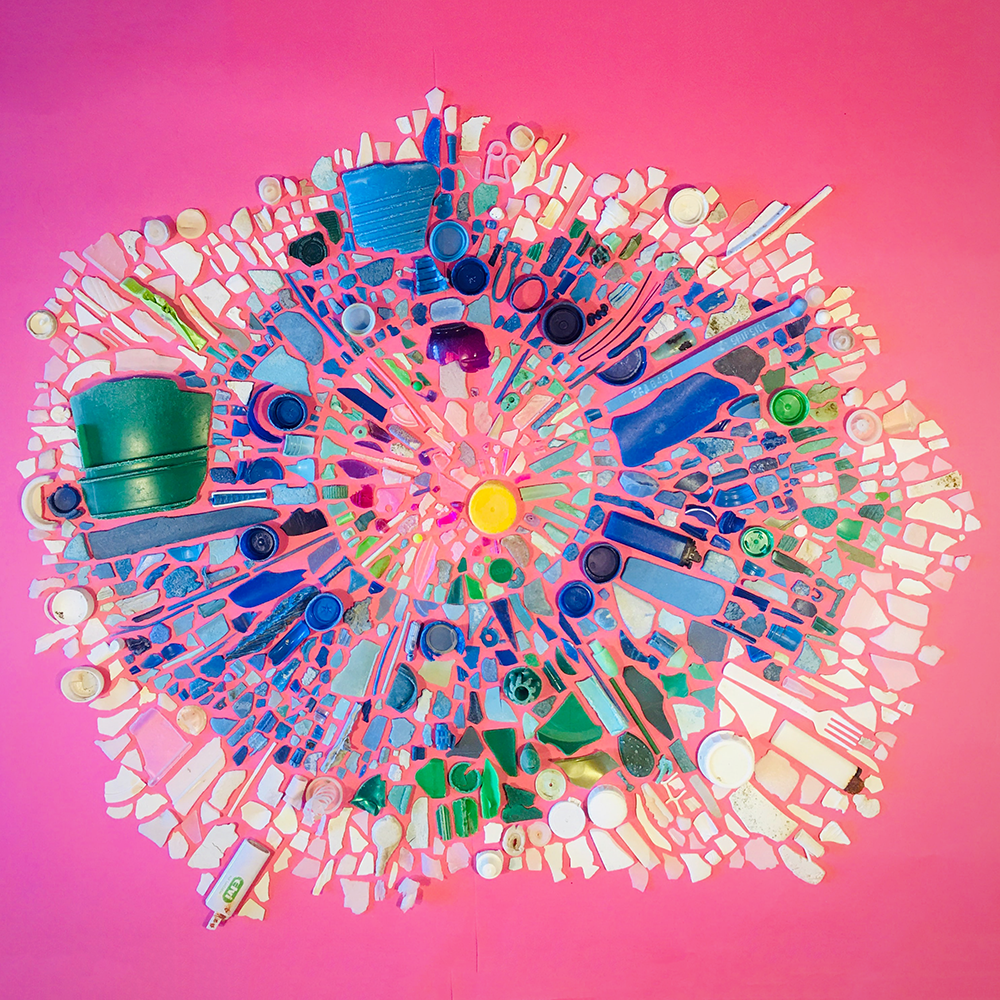

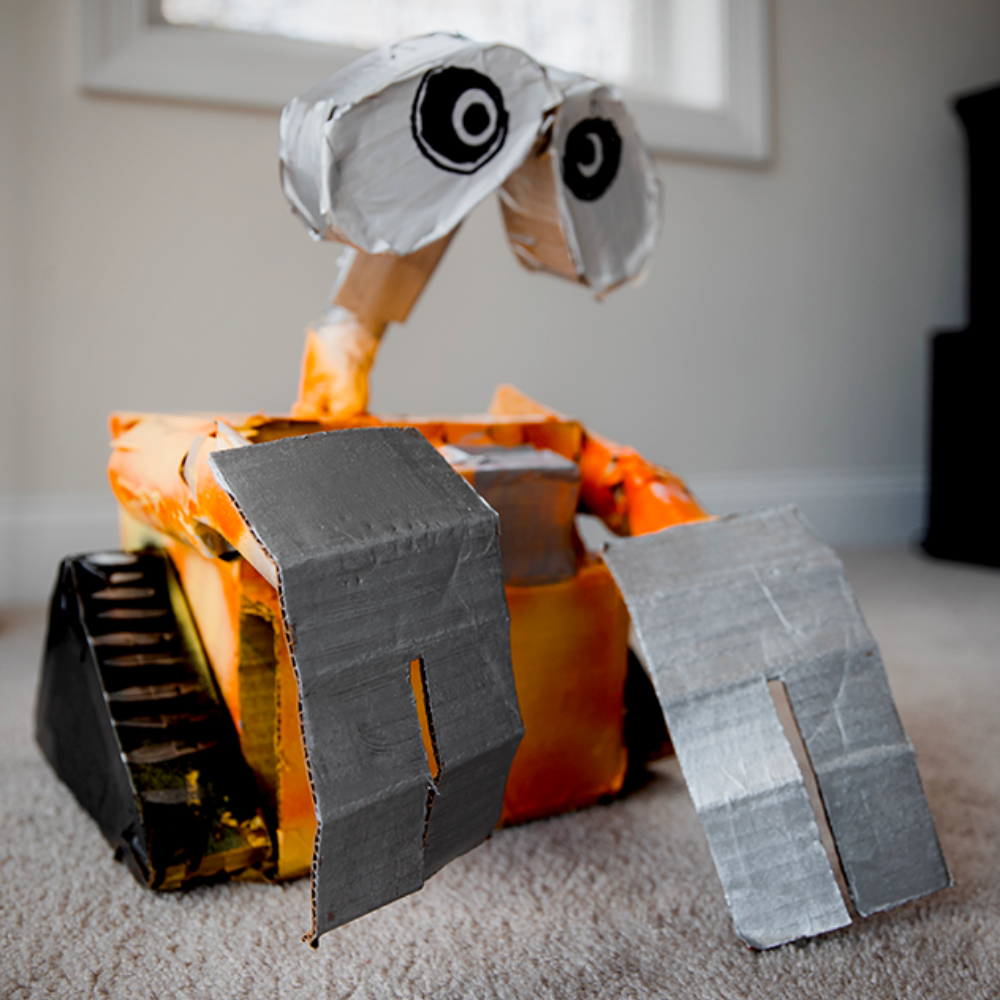
Foundation of Recycled Art
Recycled art is not just a form of artistic expression; it's a statement about the world we live in.
Artists create using materials that others might overlook, finding beauty in the discarded.
From plastic bottles to old newspapers, the recycling bin is a treasure trove for the imaginative mind.
The process of creating art from recycled materials often begins with a simple observation: what is available, and how can it be transformed?
Plastic Bottles Transformed
Plastic bottles, often found in abundance, can be cut, painted, and reassembled into beautiful hanging planters or intricate sculptures.
The transparency and flexibility of the material make it ideal for experimenting with form and light.
An artist creates not just an object, but a statement on the overuse of plastic and the potential for its second life.
Paper Towel and Toilet Paper Rolls Reimagined
Paper towel rolls and toilet paper rolls are staples in recycled art projects, especially to teach kids about recycling.
These cardboard tubes can be cut, shaped, and combined to create everything from wall art to playsets.
With a bit of paint and imagination, these everyday items become the building blocks of creativity.
Crafting with Bottle Caps
Bottle caps, with their variety of colors and sizes, are perfect for mosaic art projects.
Artists and crafters glue these small found objects onto surfaces to create vibrant patterns or images, giving them a new purpose.
The durability of metal caps also means these artworks can become permanent installations.

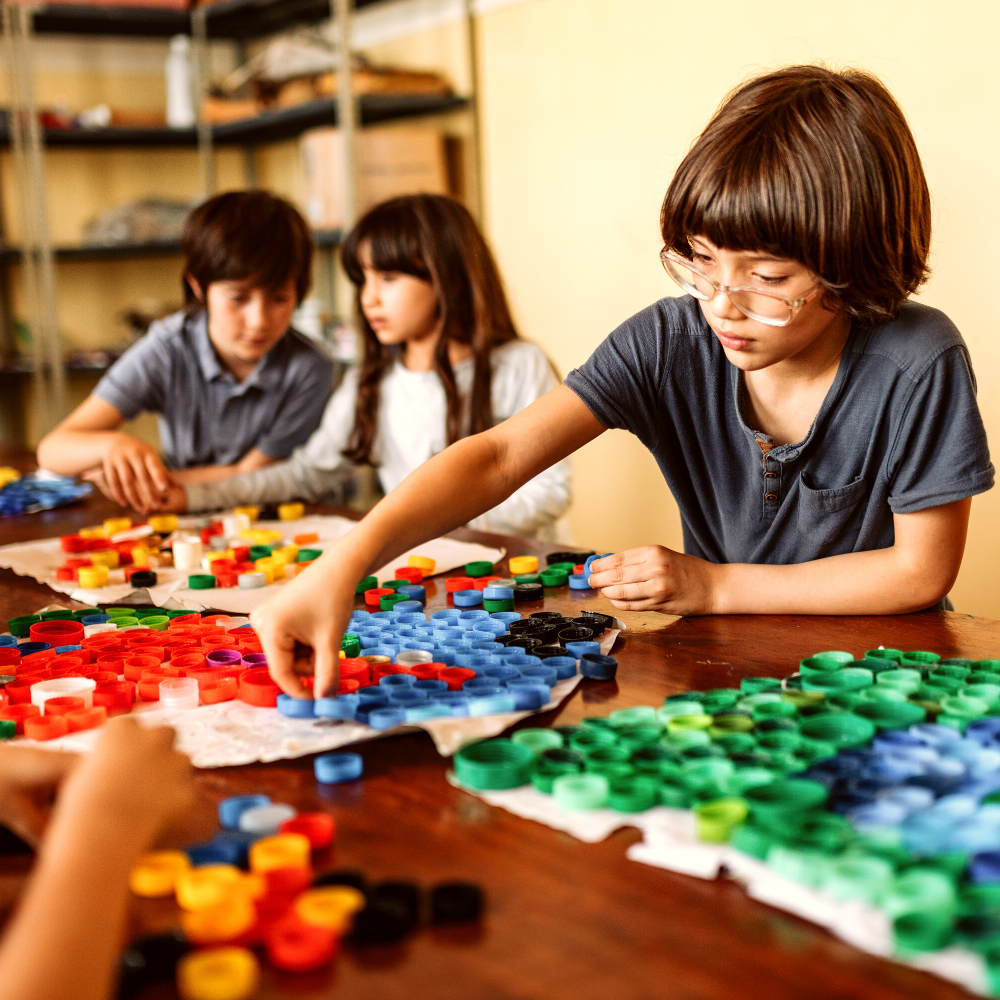
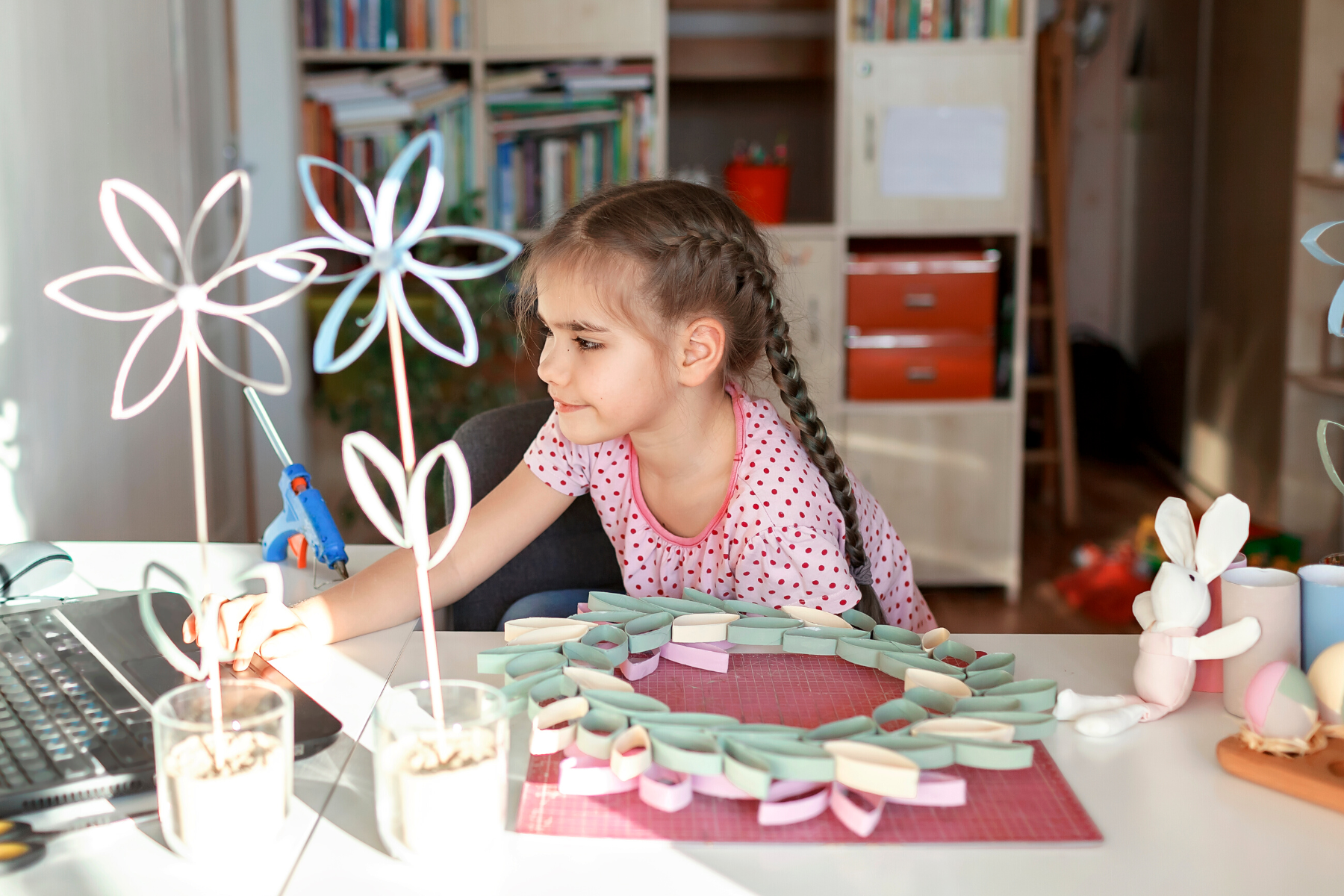
Upcycling Paper Scraps
Paper scraps, whether they're from old magazines or construction paper, can be used to create pop art, collages, or even handmade paper.
The textures and colors of different papers add depth to artworks, and the act of recycling paper itself has significant environmental benefits.
Artistic Expression with Food Containers
Food containers, from egg cartons to tin cans, can be transformed into a variety of art projects.
Egg cartons become flowers or creatures with the addition of paint and googly eyes, while tin cans can be decorated and repurposed as lanterns or pencil holders.
These projects not only recycle materials but also add details and character to a space.
Repurposing Old CDs into Artistic Decor
The once ubiquitous CDs have now become relics of the past, but their potential as art supplies is just being tapped into.
Artists and craft enthusiasts are transforming these shiny discs into stunning pieces of artwork that reflect light in mesmerizing patterns.
By cutting, painting, or melting CDs, they can be repurposed into sculptures, wall hangings, or even functional items like coasters.
The iridescent surface of CDs adds a futuristic touch to any art piece, making them a popular choice for those looking to craft something truly unique.
Incorporating old CDs into art projects not only gives them a new lease on life but also contributes to reducing electronic waste.
Creative minds have found ways to hang these discs as part of mobiles or wind chimes, creating a symphony of light and sound in outdoor spaces.
Others have meticulously pieced together CD fragments to create intricate mosaics that dazzle the eye.
Whether it's a simple craft project or an elaborate sculpture, old CDs offer endless possibilities for those willing to explore their artistic side.
Fabric and Recycled Art: A Textural Wonderland
Fabric scraps might seem like the end of the line in the lifecycle of clothing, but in the world of recycled art, they are valuable supplies.
Artists are collecting these colorful remnants and weaving them into the fabric of their creative expressions.
From quilts to tapestries, fabric scraps are being upcycled into artwork that tells a story through texture and color.
These pieces often carry an emotional weight, as the fabrics can be remnants of beloved garments or linens, imbuing the artwork with personal history.
The versatility of fabric in recycled art is boundless.
Crafters are using old clothes, curtains, and even socks to create soft sculptures, quirky dolls, or decorative pillows.
These projects not only give a second life to worn-out textiles but also challenge the idea of traditional artwork.
By incorporating fabric into their crafts, artists are able to add a dimension of softness and warmth that is often absent in other mediums.
The tactile nature of these creations invites viewers to not only look but also touch, engaging with the art in a more intimate way.
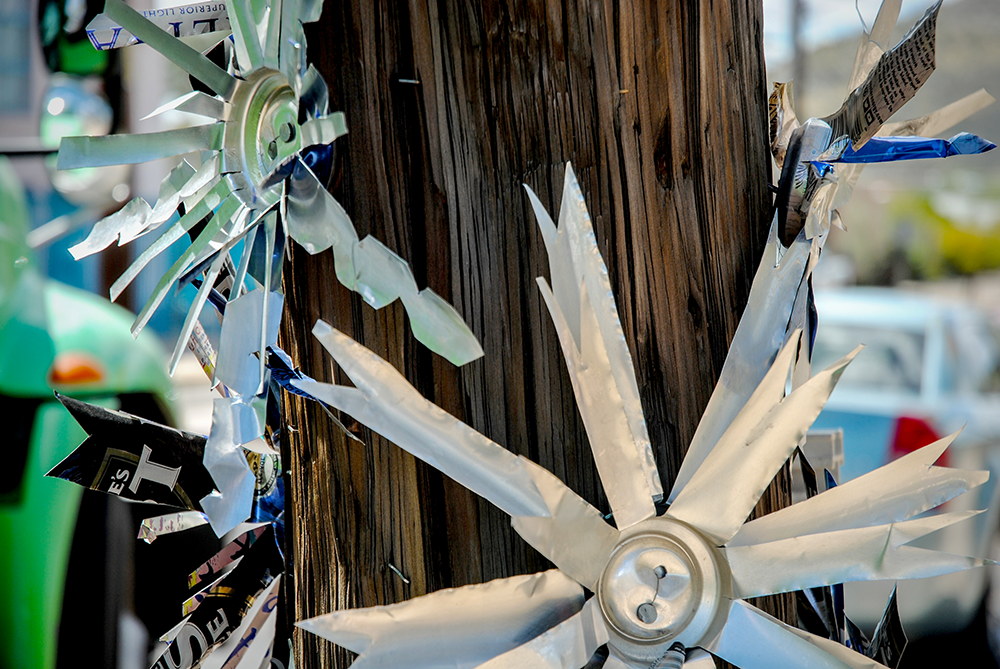
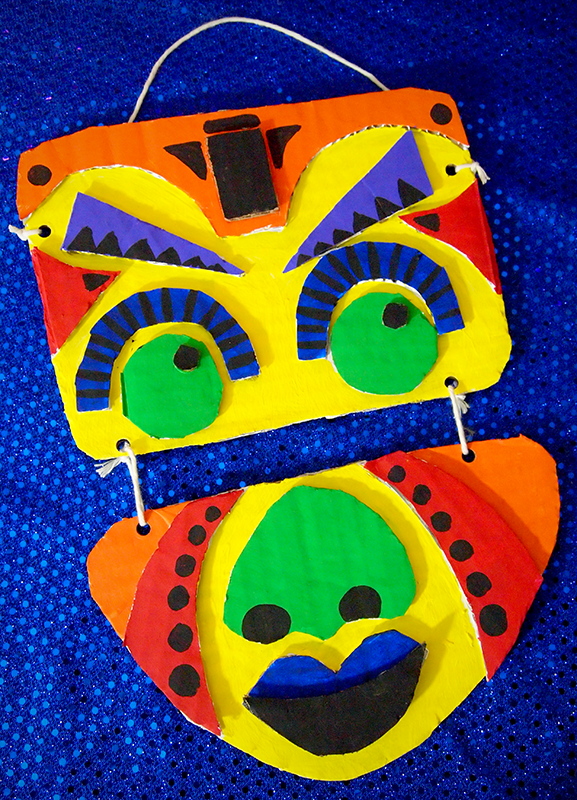

Beauty of Upcycled Art
Upcycled art is not just about the end product; it's about the process.
The act of creating something new from what is considered waste is a form of artistic expression that challenges our perceptions of value and utility.
Each piece tells a story of transformation and possibility.
Incorporating Nature into Recycled Art
Nature often plays a significant role in recycled art.
Artists may incorporate plants, wood, or stones into their creations, blending the man-made with the natural.
This fusion not only highlights the beauty of nature but also emphasizes the importance of preserving it through recycling.
Found Objects as Artistic Mediums
Found objects, items that are discovered rather than bought, are central to many recycled art pieces.
Artists see potential in the mundane, from water bottles to CDs lying around the house.
These objects are given a new narrative as they are incorporated into artworks.
Role of Imagination in Recycled Crafts
Imagination is the key ingredient in recycled crafts.
It's what allows an artist to see a second life for materials that would otherwise be considered trash.
With creativity, even the most unassuming items can become part of something beautiful and meaningful.
Engaging in Recycled Art at School
Schools are ideal places to engage in recycled art projects.
Not only do they teach kids about the importance of recycling, but they also provide a space for fun and learning through creativity.
Art projects using recycled materials can be incorporated into various subjects, from science to art classes.
Recycled Art in the Home
The home is both a source of materials and a gallery for recycled art.
Families can create together, turning their recycling bin into a supply of art materials.
From decorating the house with upcycled decorations to creating functional items like storage containers, the possibilities are endless.
Environmental Impact of Recycled Art
The environmental benefits of recycled art are significant.
By reusing materials, artists and hobbyists reduce waste and the demand for new resources.
This practice not only conserves energy and reduces pollution but also raises awareness about the importance of sustainability.
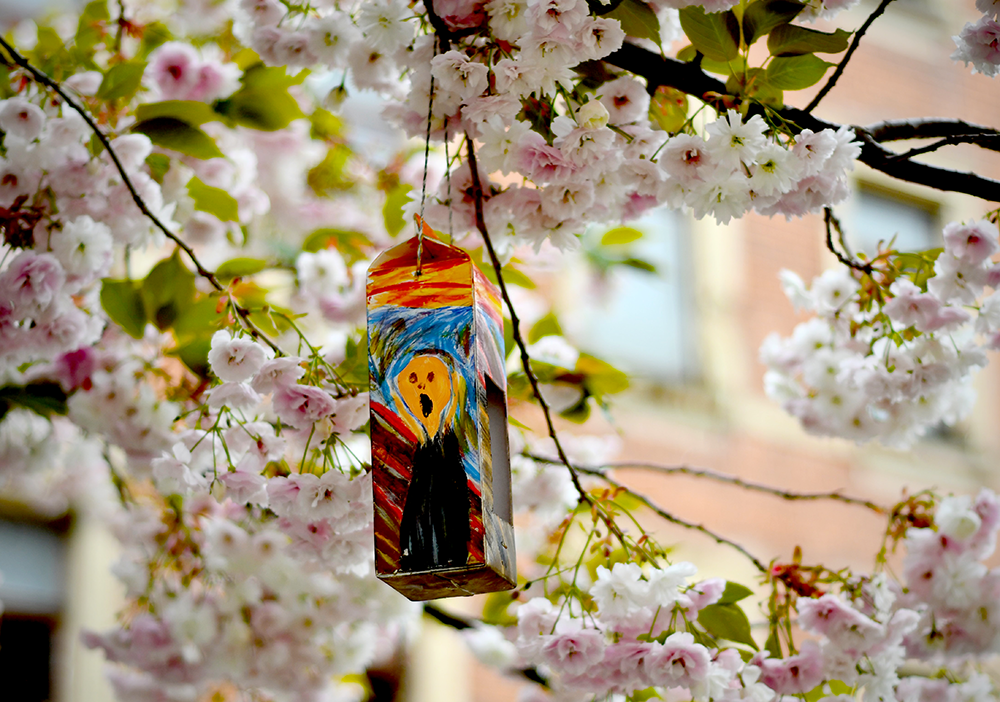
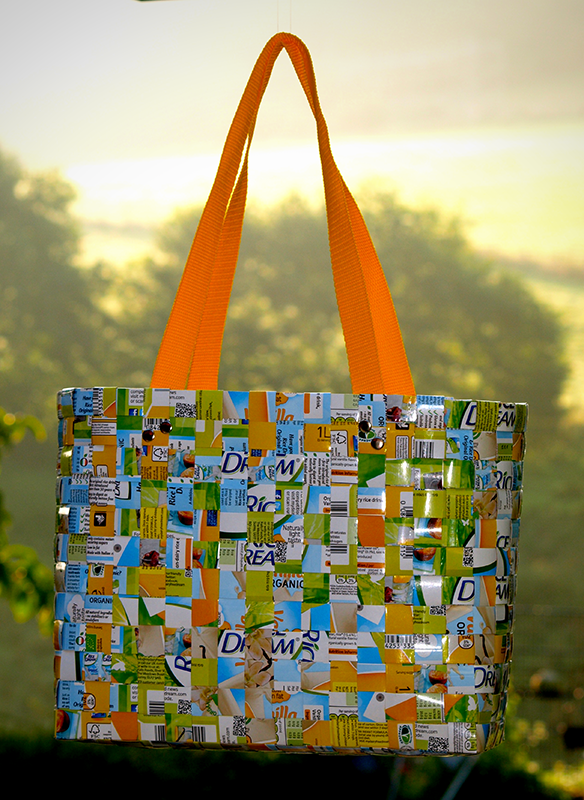
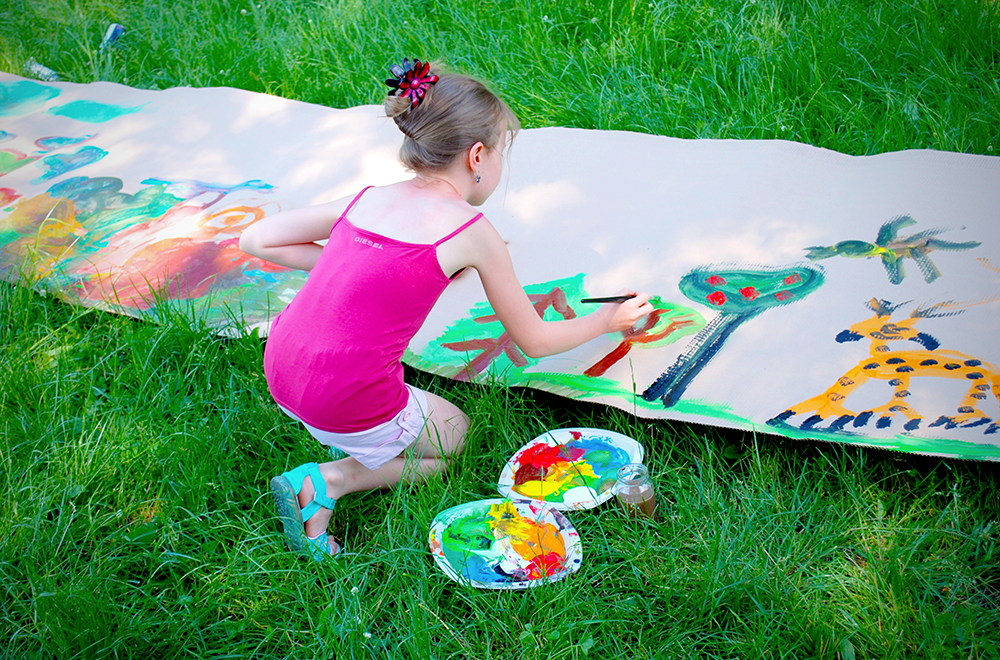
Unleash Your Eco-Creative Spirit with Recycling
Recycled art is a powerful form of creative expression that turns waste into wonder.
In the alchemy of recycled art, what was once discarded finds new life as a captivating masterpiece.
This transformative craft not only beautifies our surroundings but also champions a greener future, intertwining aesthetics with eco-consciousness.
By using recycled materials, artists and enthusiasts alike can create stunning pieces that not only decorate spaces but also convey important messages about sustainability and conservation.
From plastic bottles to paper scraps, the materials that can be transformed into art are as varied as the artists themselves.
The process of creating recycled art is as much about the imagination and skill involved as it is about the environmental benefits it promotes.
As you embark on your journey through the world of recycled art, remember that each piece you create is a testament to innovation and a step towards a more sustainable planet.
Whether you're a seasoned artist or a budding creator, let the endless possibilities of recycled materials inspire you to weave environmental stewardship into your artistic narrative.
Embrace the challenge, revel in the process, and watch as your recycled creations become symbols of hope and change in a world thirsty for both.

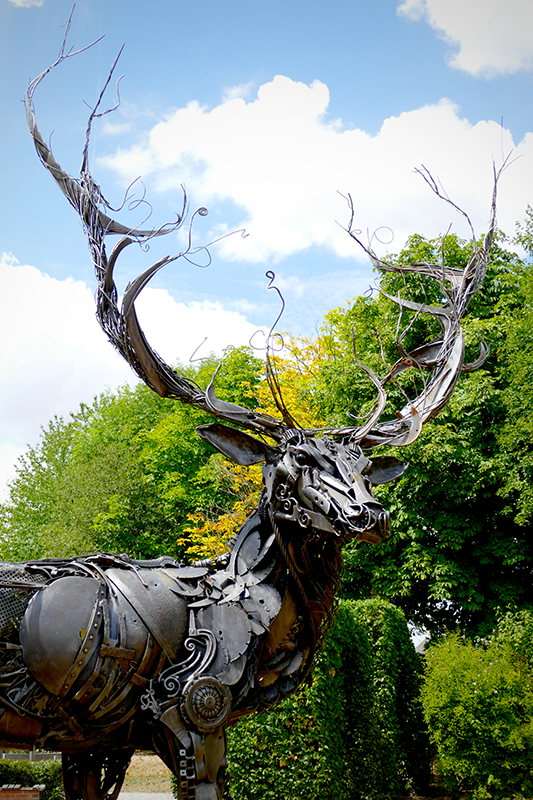
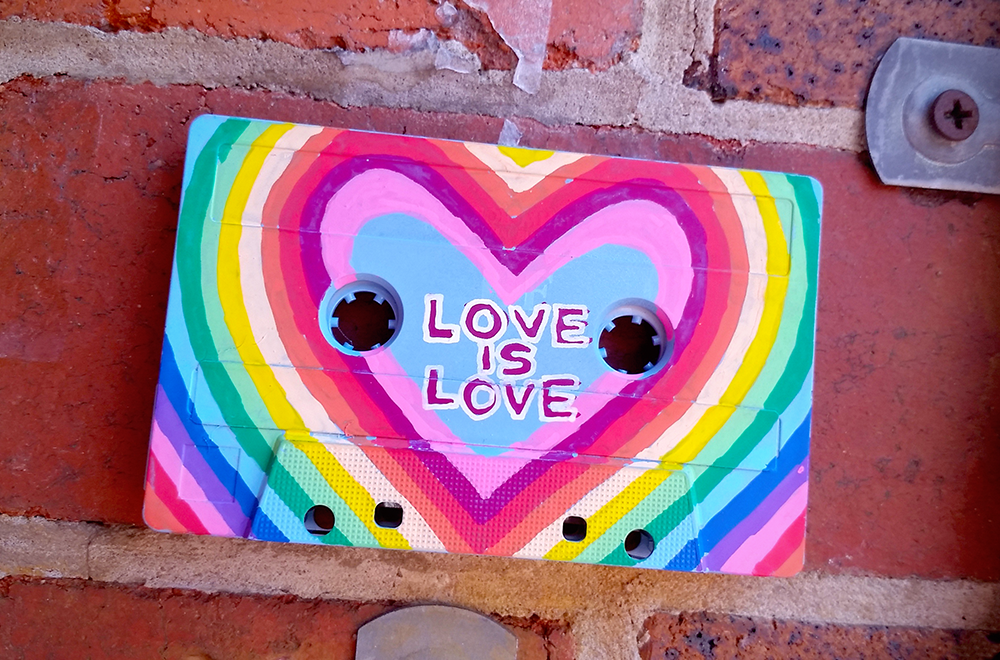
Recycling FAQs
Diving into the world of recycling can be as rewarding as it is beneficial for our planet.
Whether you're a crafty soul looking to upcycle or someone who's just starting to explore the eco-friendly art of repurposing, you've got questions, and we've got answers!
These FAQs are designed to unravel the mysteries of turning your trash into treasure.
From the simplest materials to kickstart your green journey to the dual beauty and utility of recycled masterpieces, we're here to guide you through the ins and outs of creative sustainability.
Let's embark on this eco-conscious adventure together, learning how each recycled bottle and paper scrap can contribute to a healthier Earth.
Ready to reduce your carbon footprint one art project at a time? Let's dive into your most pressing recycling queries!
What are some easy recycled materials to start with for beginners?
Beginners can start with materials like paper scraps, plastic bottles, and tin cans, which are easy to work with and readily available.
Can recycled art be functional as well as decorative?
Absolutely! Recycled art can be both functional and decorative. For example, tin cans can be turned into pencil holders, and plastic bottles can become beautiful hanging planters.
How does creating art from recycled materials benefit the environment?
Creating art from recycled materials reduces waste, conserves resources, and can inspire others to think about sustainability. It's a creative way to promote environmental awareness and responsibility.
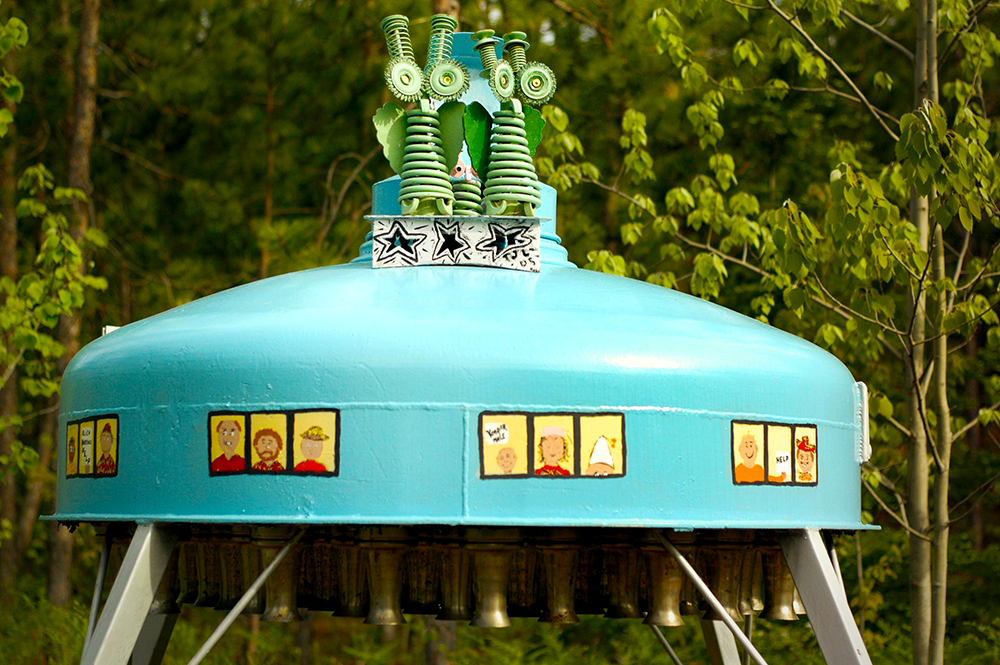

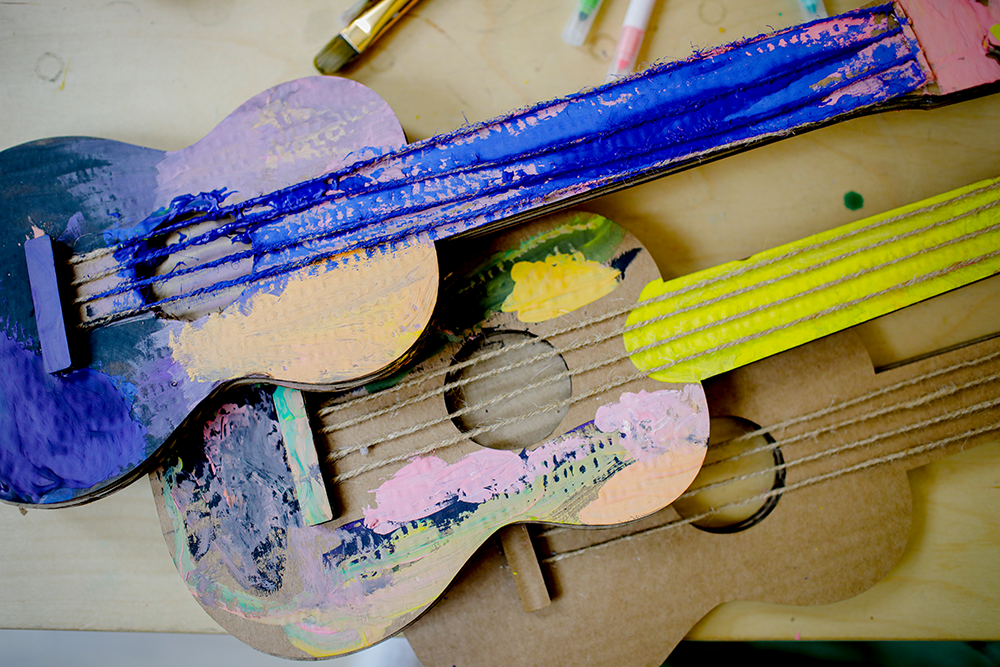
Looking to get stared working with recycled materials? Check out Master_Sergeich's video!
Want even more content about creativity and art?
Be sure to check out all of our creative chronicles!
Ready to dive into the world of upcycling and recycled art?
Check out some of our other articles:
-What is another word for recycled art?
-How do you make recycled art?
-Why do people make recycled art?
-What are the best materials to upcycle?
-What is the difference between upcycled and repurposed?
